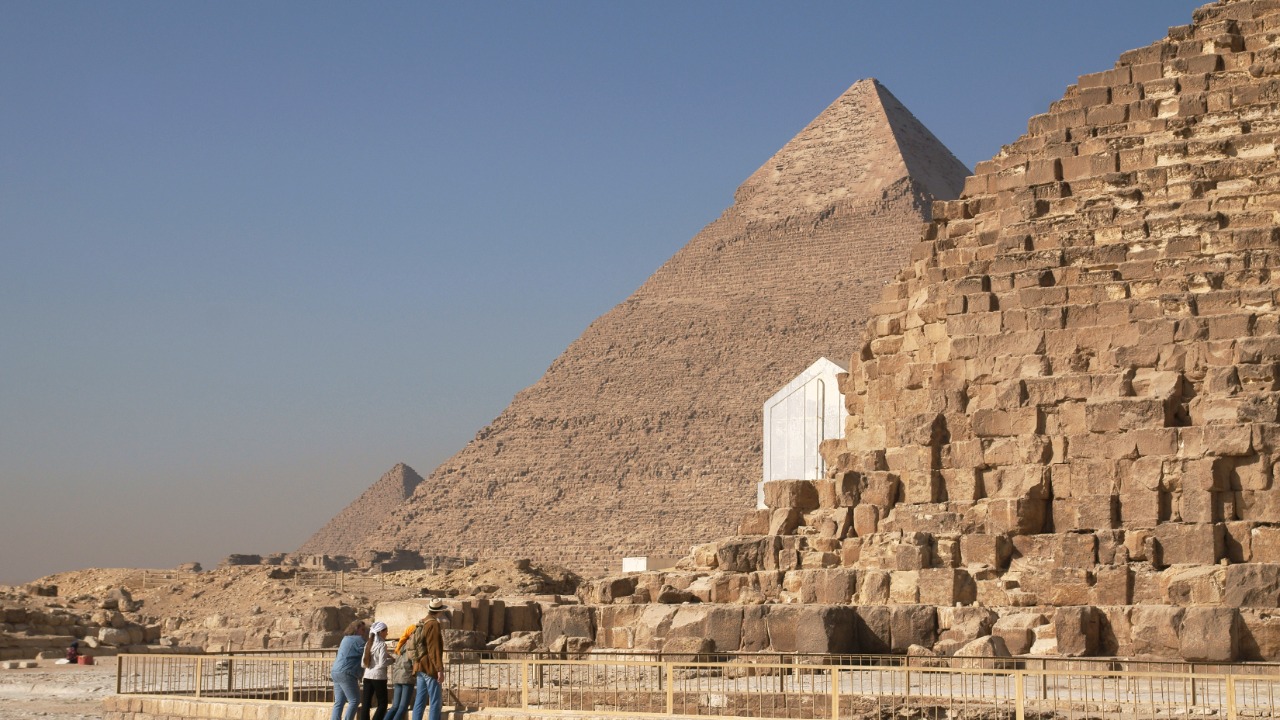
Recent archaeological explorations near the Giza pyramids in Egypt have unearthed a series of astonishing discoveries that could potentially alter our understanding of these ancient structures. Scientists have announced the detection of a vast underground city beneath the site, a second hidden city, and a mysterious underground anomaly, all of which have sparked global interest. Additionally, there are indications of a possible underground tomb located next to the pyramids. These findings, coupled with other strange underground discoveries, challenge previous assumptions about the Giza complex.
The Initial Detection of Underground Anomalies
The first hint of these remarkable discoveries was an unusual underground ‘anomaly’ detected near the Pyramids of Egypt. This finding, reported on February 21, 2025, triggered worldwide interest due to its bizarre nature. Initial scans and technologies played a crucial role in identifying these unusual subterranean features around the Giza site. Scientific teams confirmed the existence of this anomaly through the use of ground-penetrating radar and other advanced methods, adding credibility to the initial findings. This anomaly marked the beginning of a series of groundbreaking discoveries at the Giza complex.
Unveiling the Vast Underground City
On March 23, 2025, scientists announced the discovery of a ‘vast underground city’ located beneath Egypt’s Giza pyramids. This revelation, based on early excavation insights, suggested a large-scale and complex network of subterranean structures. The scale and potential layout of this underground city have significant implications for our understanding of ancient Egyptian engineering and urban planning. This discovery has opened up new avenues for research into the advanced capabilities of ancient civilizations.
Discovery of the Second Hidden City
Adding to the intrigue, scientists uncovered a second ‘hidden city’ beneath Egypt’s Giza pyramids on June 10, 2025. This discovery, made possible through advanced imaging techniques, has the potential to rewrite history. The second city expands on the initial vast underground city and suggests a more complex timeline of Giza’s development than previously assumed. This second hidden city underscores the depth and complexity of ancient Egyptian civilization.
Evidence Pointing to an Underground Tomb
Reports from July 23, 2025, suggest the existence of an underground tomb hiding next to the Giza pyramids. Geophysical data supports the presence of a tomb-like chamber adjacent to the main pyramid complex. The historical context of tomb constructions in the Giza area, often associated with royalty, adds weight to these findings. This potential tomb could hold significant historical and archaeological value if confirmed.
Broader Strange Underground Findings
On November 6, 2025, scientists documented additional strange underground findings near the Giza Pyramids. These interconnected anomalies link the vast city, hidden city, tomb, and earlier detections into a larger subterranean system. However, the excavation of these sites presents significant challenges due to the need for preservation and technological limitations. These findings continue to fuel interest and speculation about the secrets that the Giza complex may still hold.
Global Reactions and Historical Revisions
The discoveries at the Giza complex have triggered worldwide interest and led to significant revisions in our understanding of ancient history. The detection of the bizarre underground ‘anomaly’ near the Pyramids of Egypt in February 2025 marked the beginning of this global fascination. The discovery of the second hidden city in June 2025 has further rewritten history related to Egypt’s Giza pyramids. These findings, including the vast underground city discovered in March 2025, have reshaped narratives of ancient civilizations and sparked expert debates. As we continue to explore these underground mysteries, we can expect further revelations that challenge our understanding of the past.
More from MorningOverview